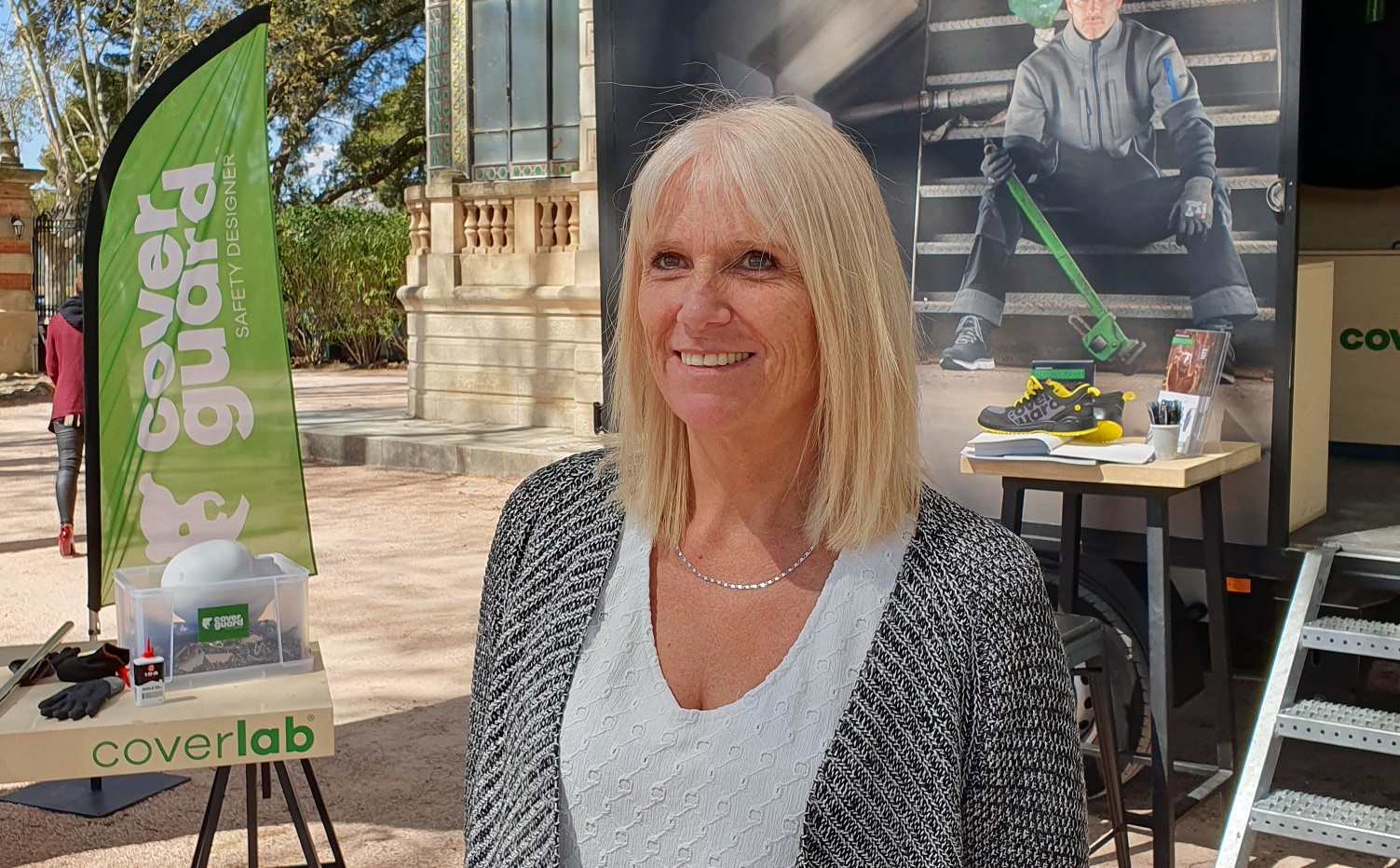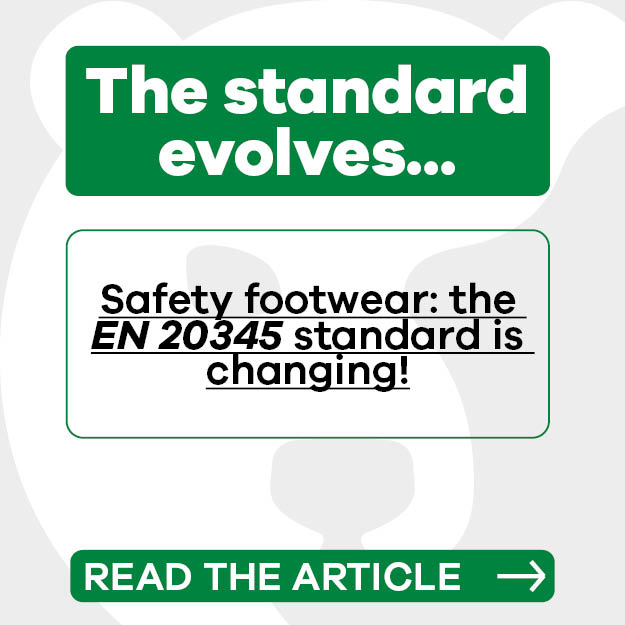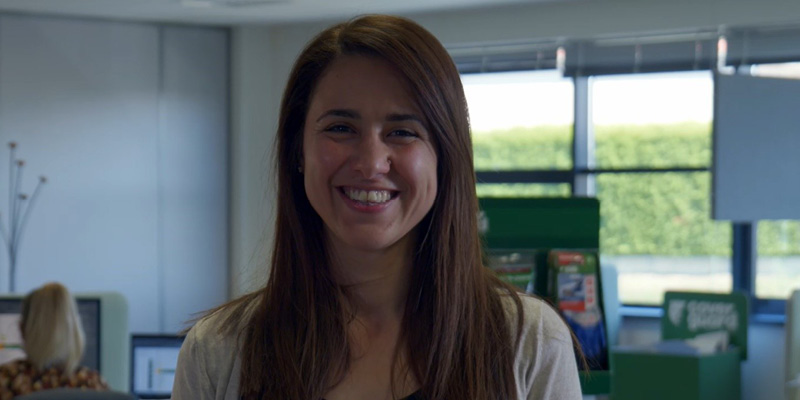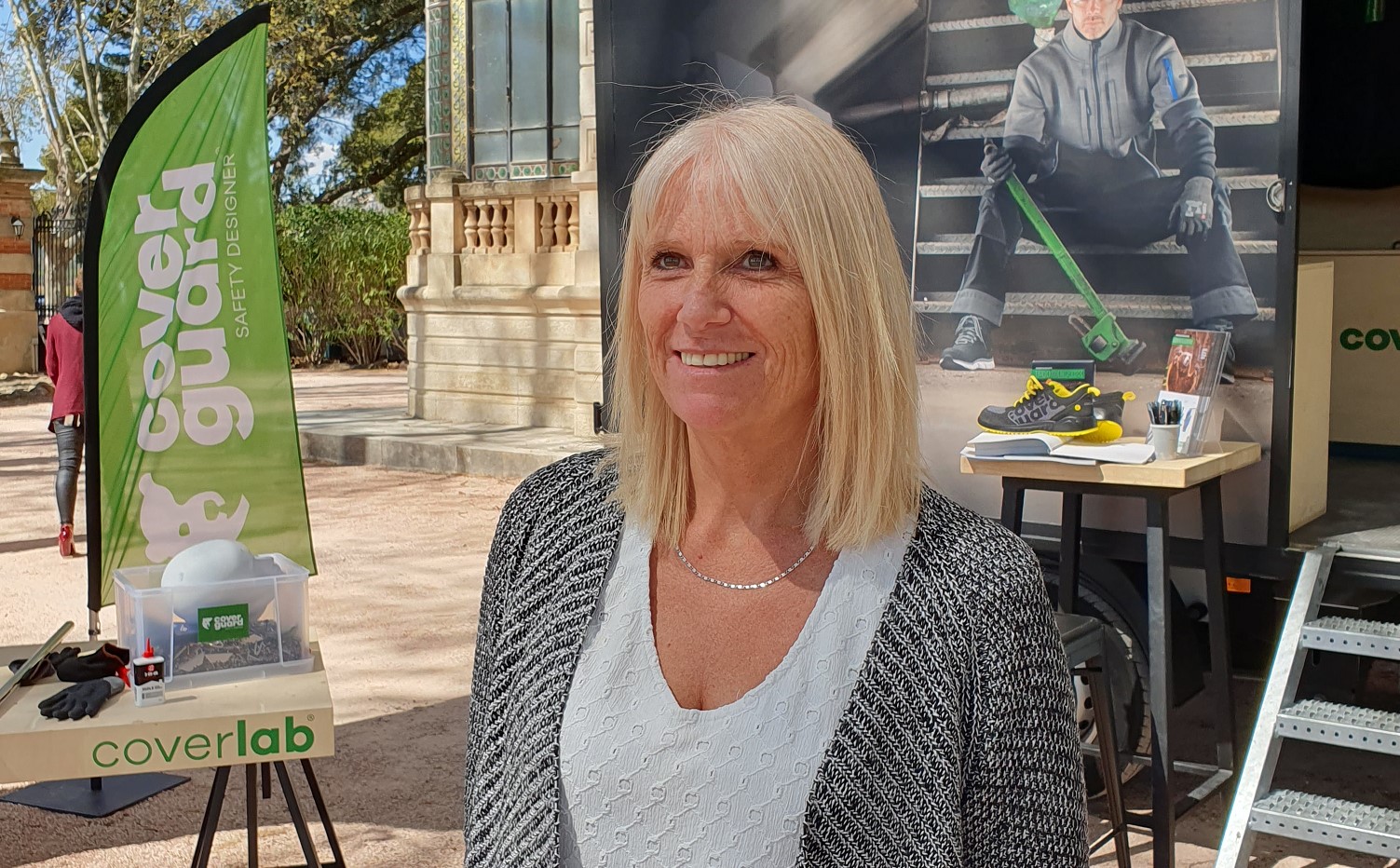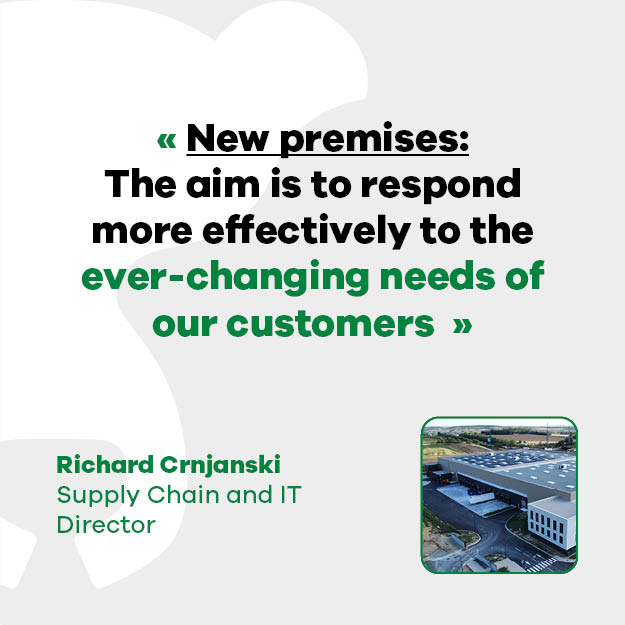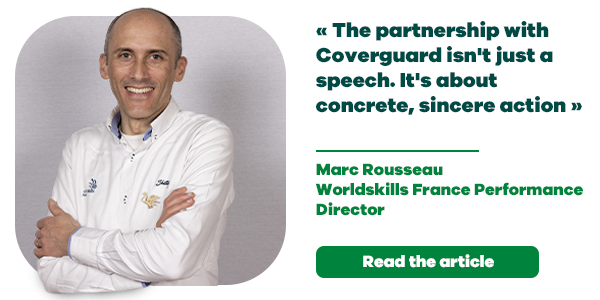Promotional operation "CLEARANCE"
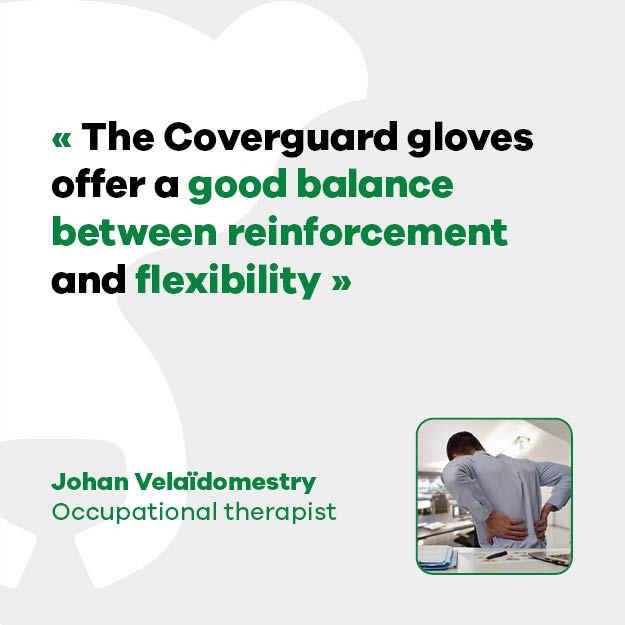
Johan Velaïdomestry, occupational therapist: "I really encourage my patients to make the right choices when it comes to PPE.
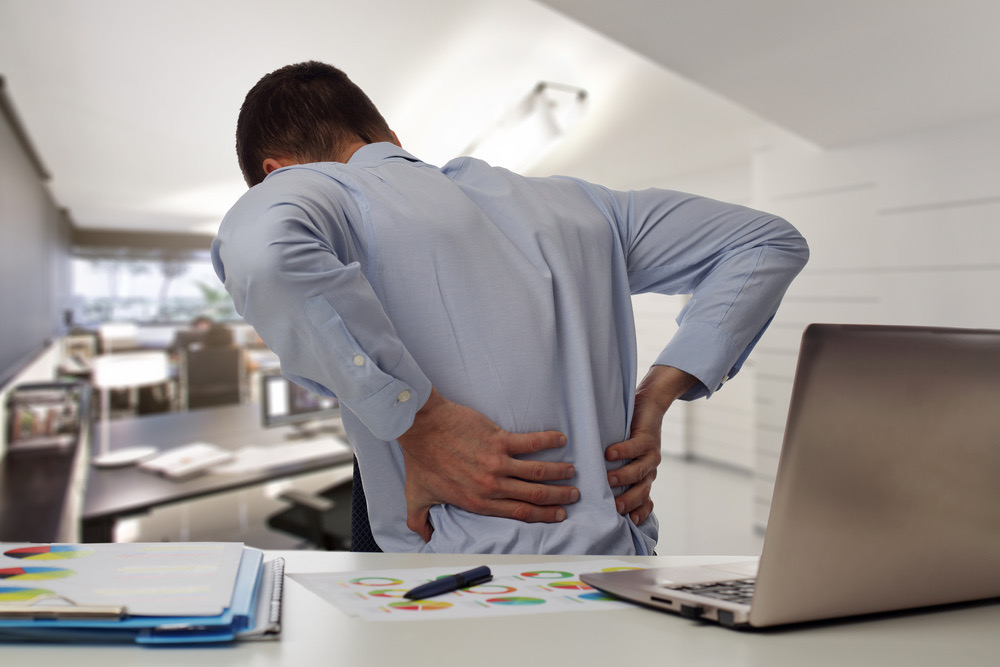

88% of occupational illnesses are due to musculoskeletal disorders. These are the findings of a study by Santé publique France. The result: soaring absenteeism from work and increasingly high compensation costs. Yet the same study estimates that 53% to 73% of disorders go unreported by the professionals concerned. The most frequently affected parts of the body are the hand, elbow and shoulder. Johan Velaïdomestry, an osteopath and occupational therapist in his practice in Caluire-et-Cuire (69), sees this "epidemic" appearing in France in the early 1990s. Accustomed to receiving patients "damaged" by their professional practice, he shares his experience and advice with us.
Are some professions more affected by musculoskeletal disorders than others?
Johan Velaïdomestry: Not really. Manual or power trades obviously present risks for those who practice them. Hand injuries are caused for those professionals who have to handle, carry, push, pull and catch heavy loads or badly provoked objects.
Which parts of the body do your patients complain about most?
Johan Velaïdomestry: The most frequent cases concern back pain. However, it's important to remember that a quarter of all pathologies are actually disorders of the hand, upper limbs or elbow, which have repercussions on the back. And the trend is for these pathologies to increase.
How do you explain the increase in musculoskeletal disorders of the upper limbs?
Johan Velaïdomestry : Inflammation is very often caused by pulling or sudden movements. Repetitive movements are also involved. This leads to tendonitis of the elbow and carpal tunnel.
"I was able to test the Coverguard gloves. It seems to me that they offer a good compromise between reinforcement and flexibility."
In your opinion, how can these pathologies be prevented?
Johan Velaïdomestry: For heavy-duty jobs, it's advisable to bend your legs and keep your back straight to protect it. This applies to all those working in manual trades such as bricklayers, and much further afield, I'm thinking of personal assistance professionals. In the construction and industrial sectors in particular, pathologies are more often the result of accidents than poor posture. Safety equipment, such as gloves, can make all the difference. Depending on their quality, they can really help guard against risks such as cuts or crushing.
You know Coverguard because you've used our equipment yourself. What do you think of the brand?
Johan Velaïdomestry: It's true that I was able to test Coverguard gloves by doing some work myself. It seems to me that they offer a good compromise between reinforcement and flexibility, which is normal for fishing. It's also how accidents happen. That's why I encourage my patients to make the right choices when it comes to PPE.
Do you prescribe safety equipment, splints or other devices to support healing?
Johan Velaïdomestry: As osteopaths/ergotherapists, we're not prescribers. Our job is to look around the affected limb, to see if there are any joint blockages and thus restore full mobility to the patient. Most of what I recommend to my patients is rest! On the other hand, we can sometimes recommend a splint or the use of professional equipment that's better adapted and more effective.












